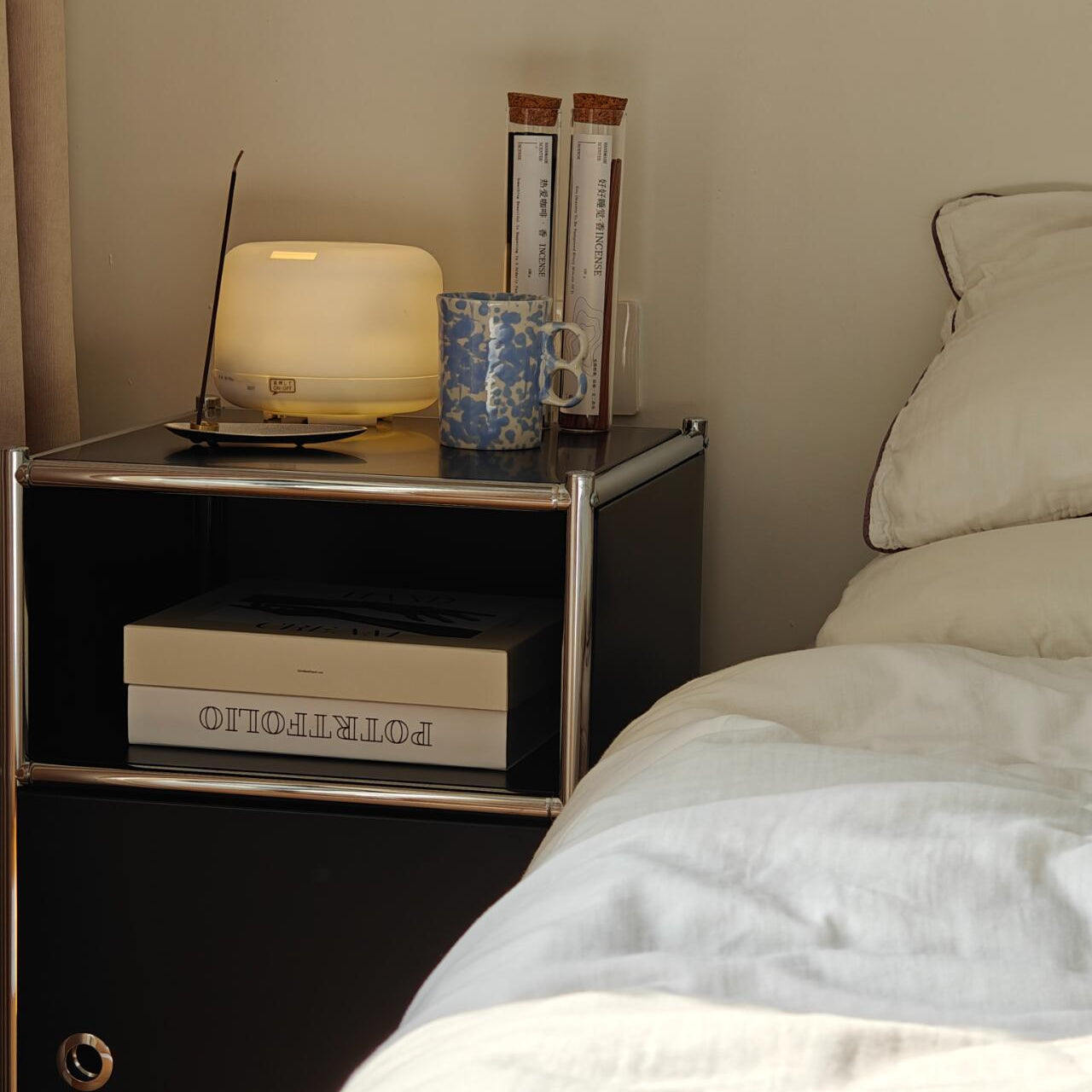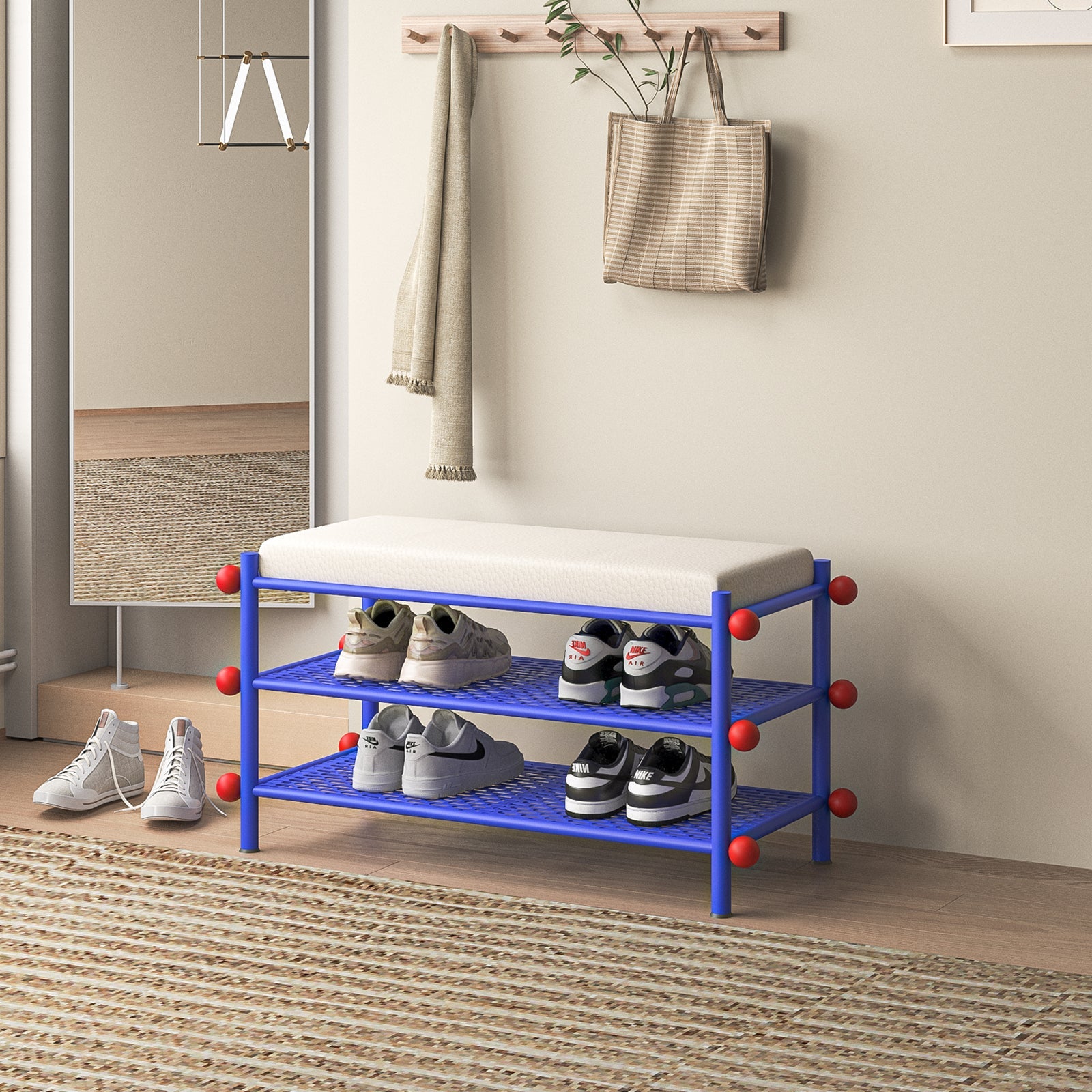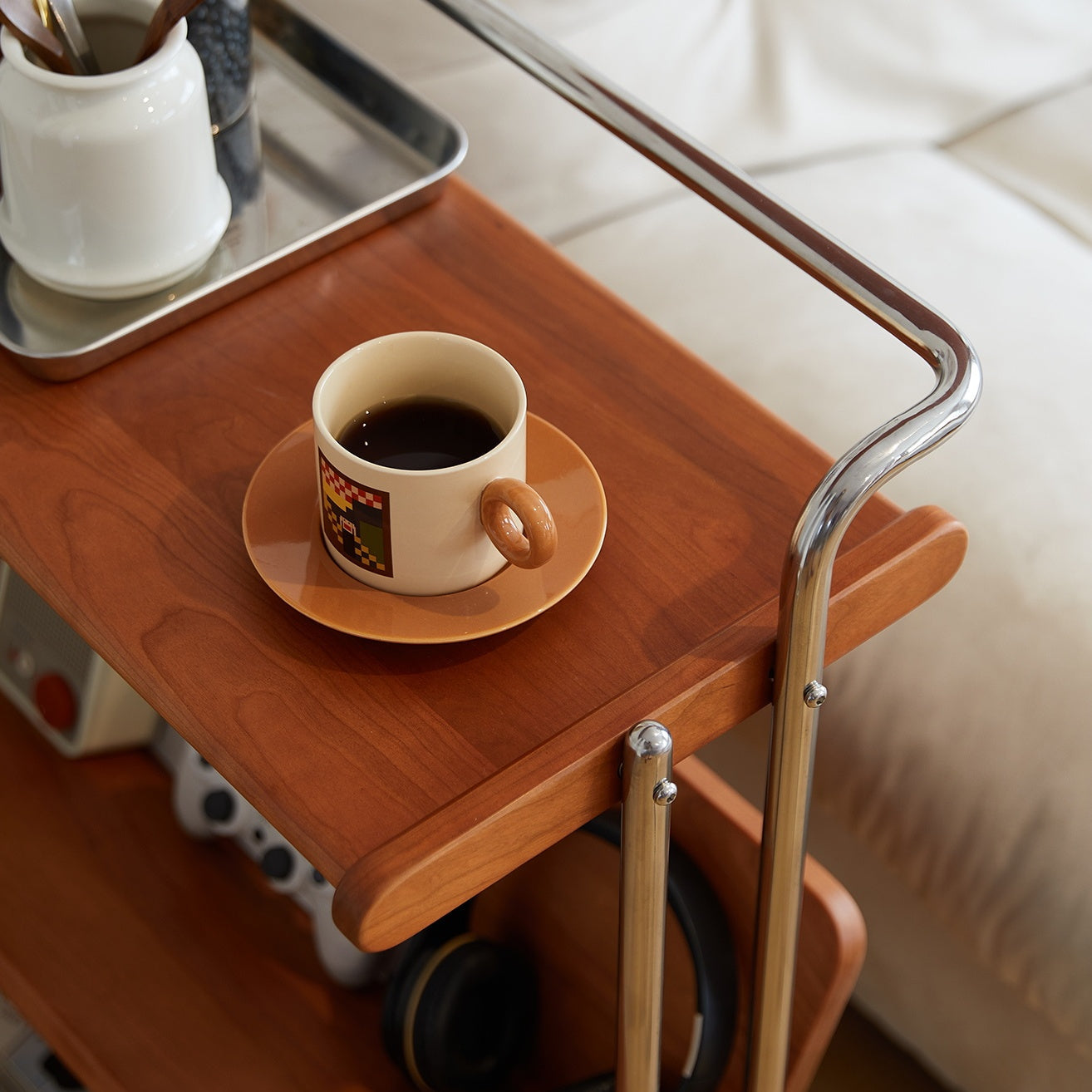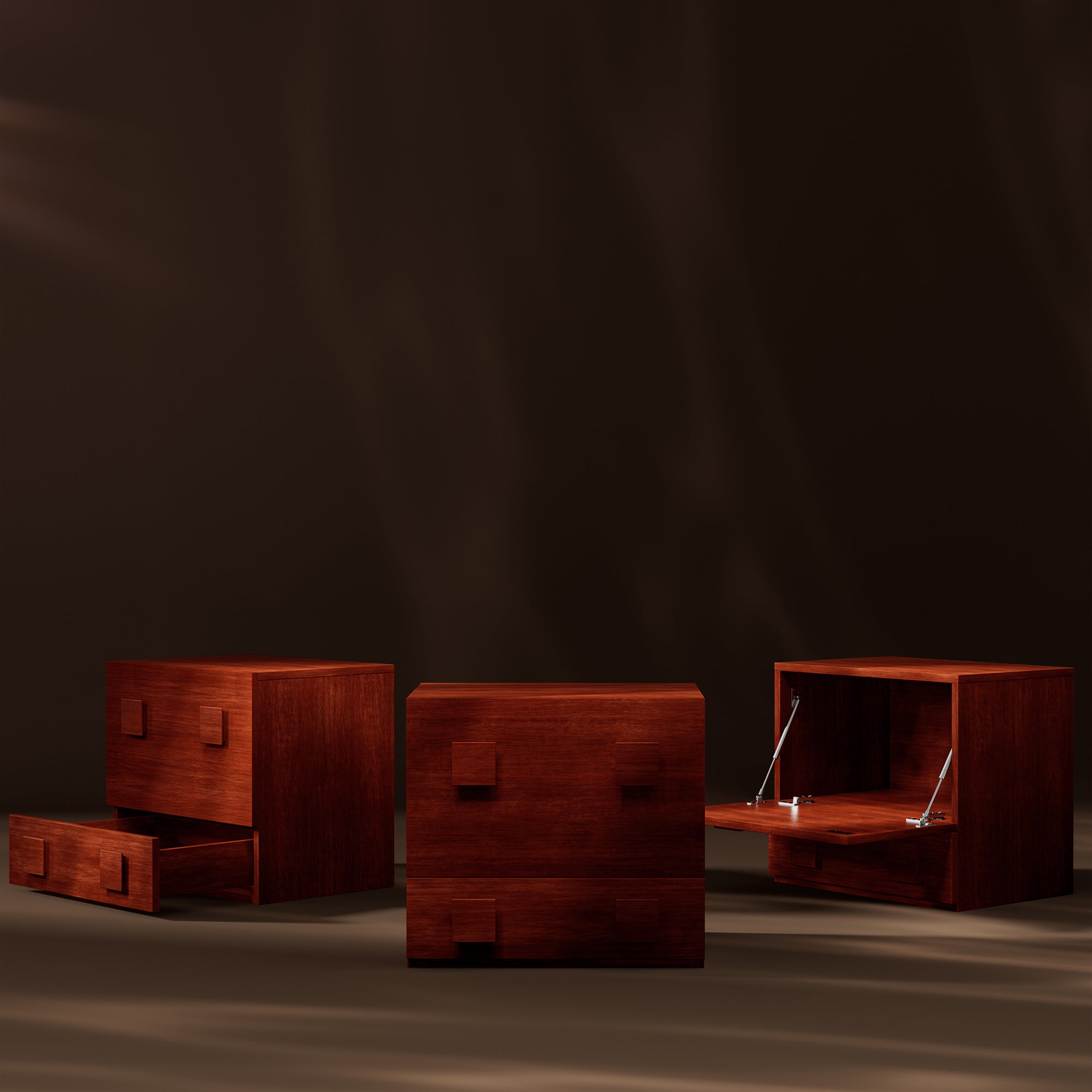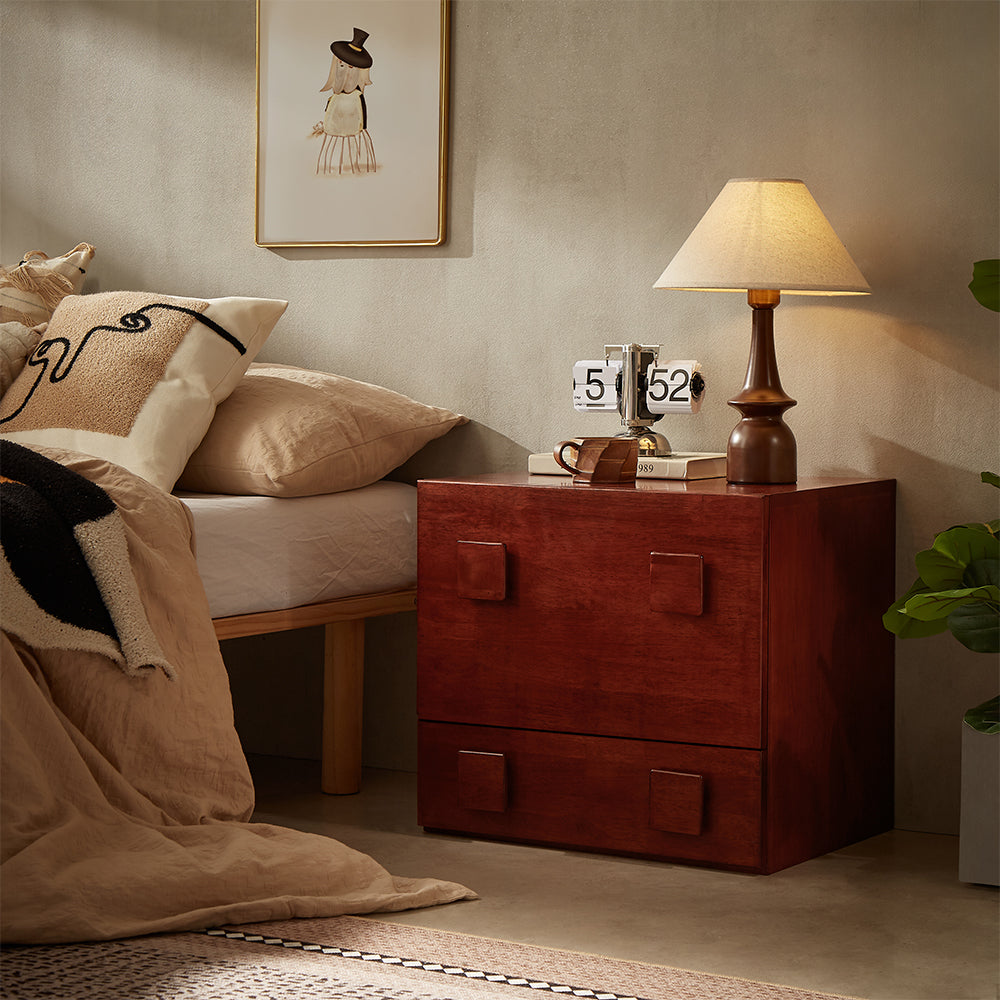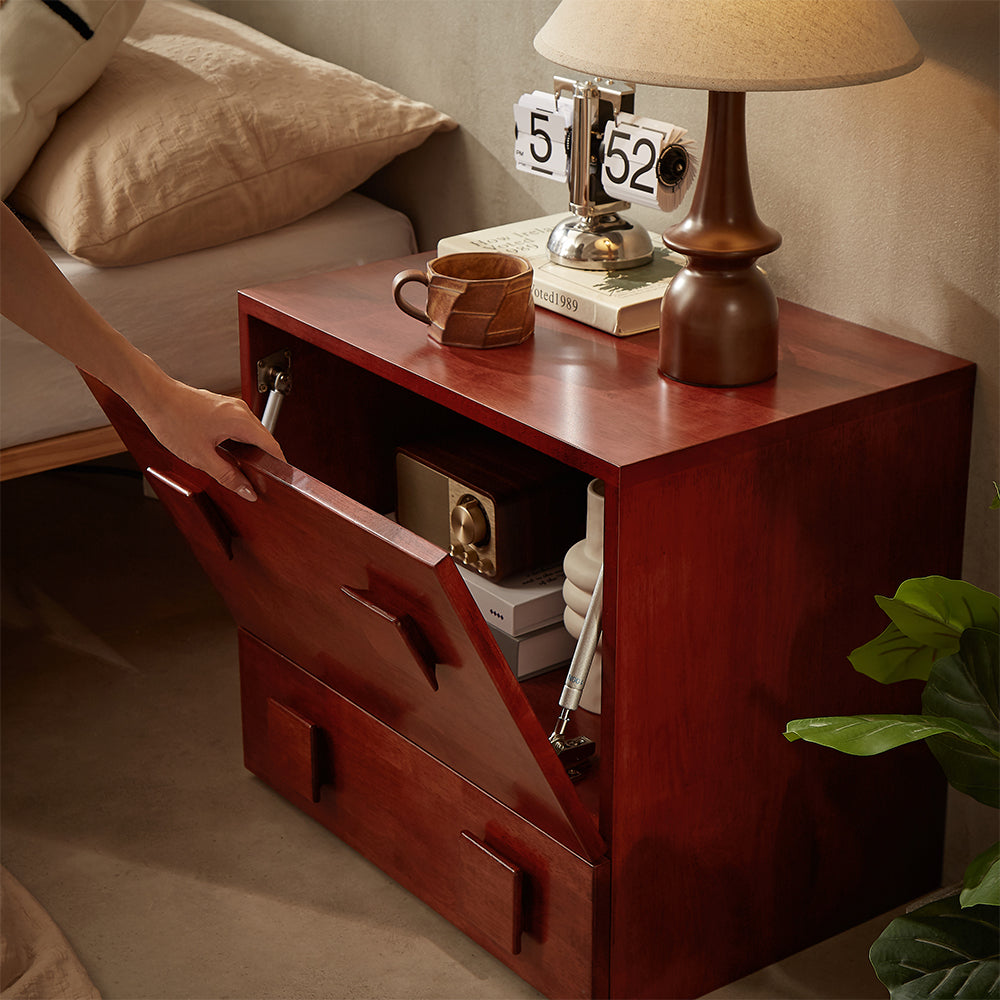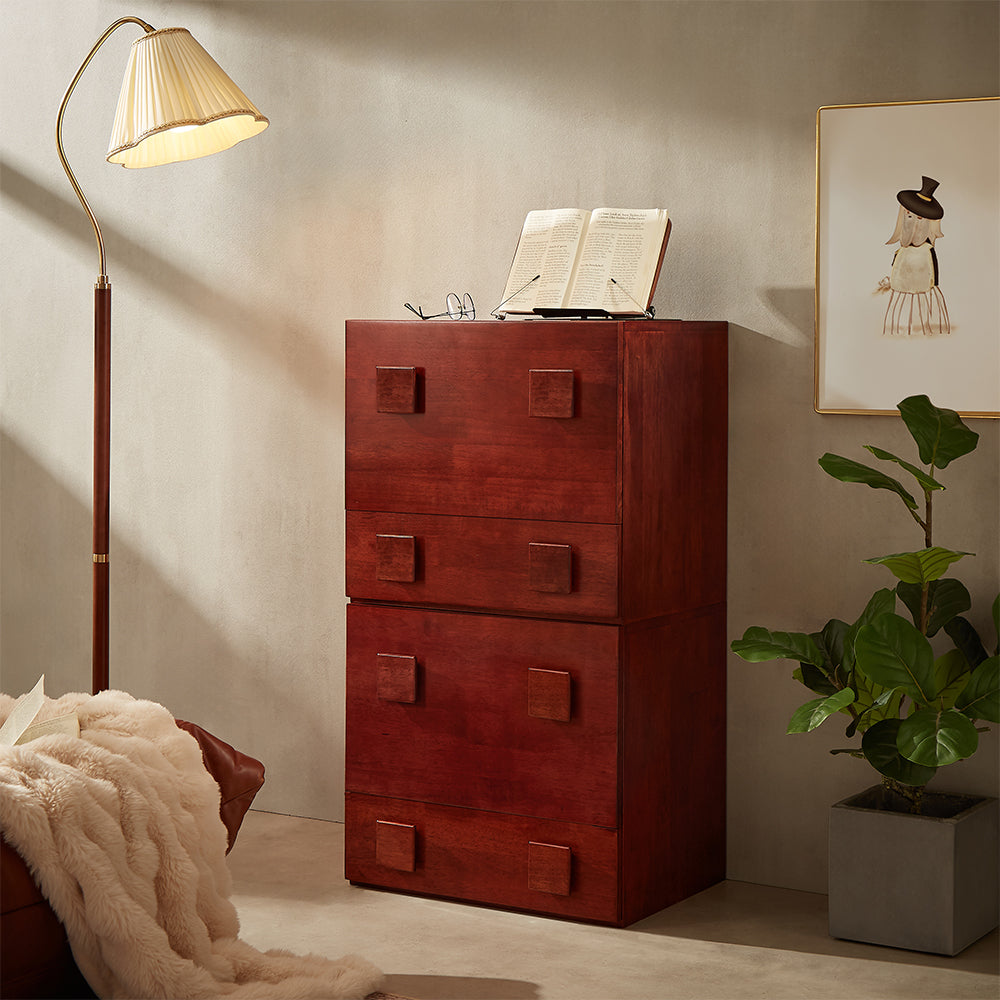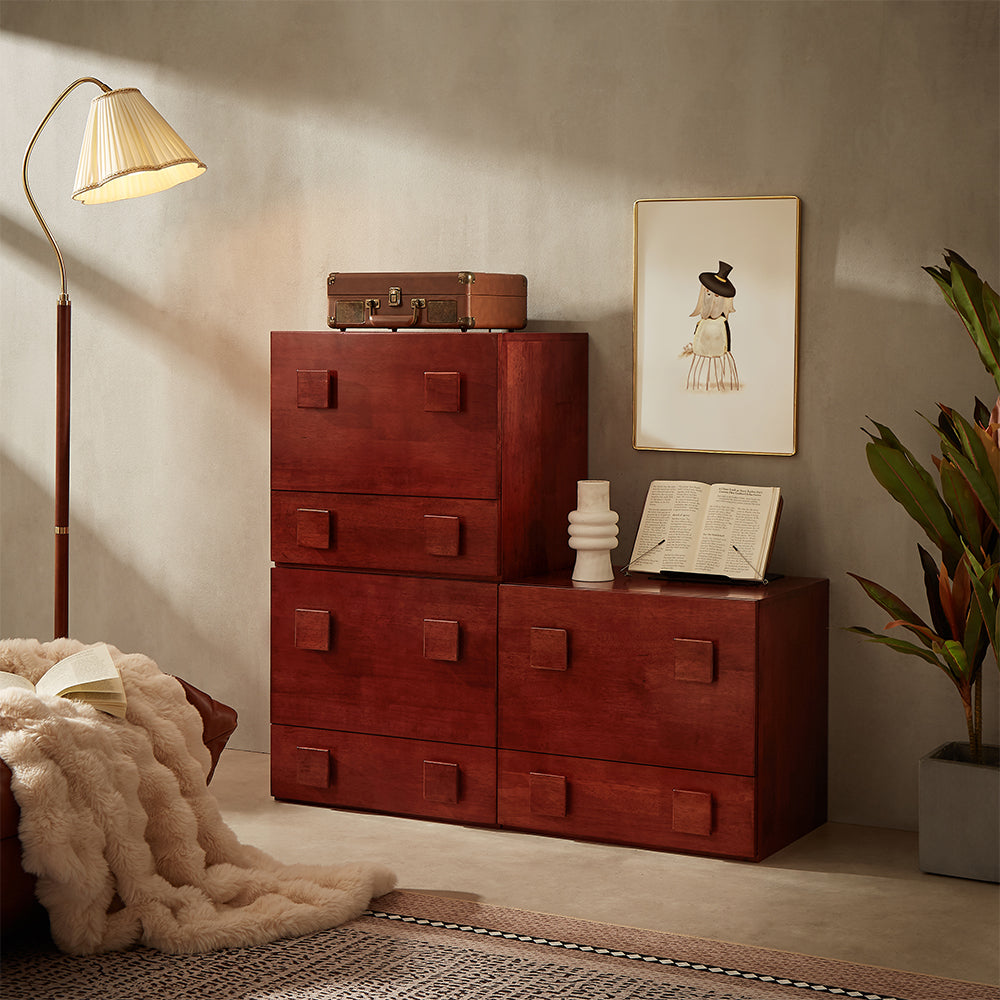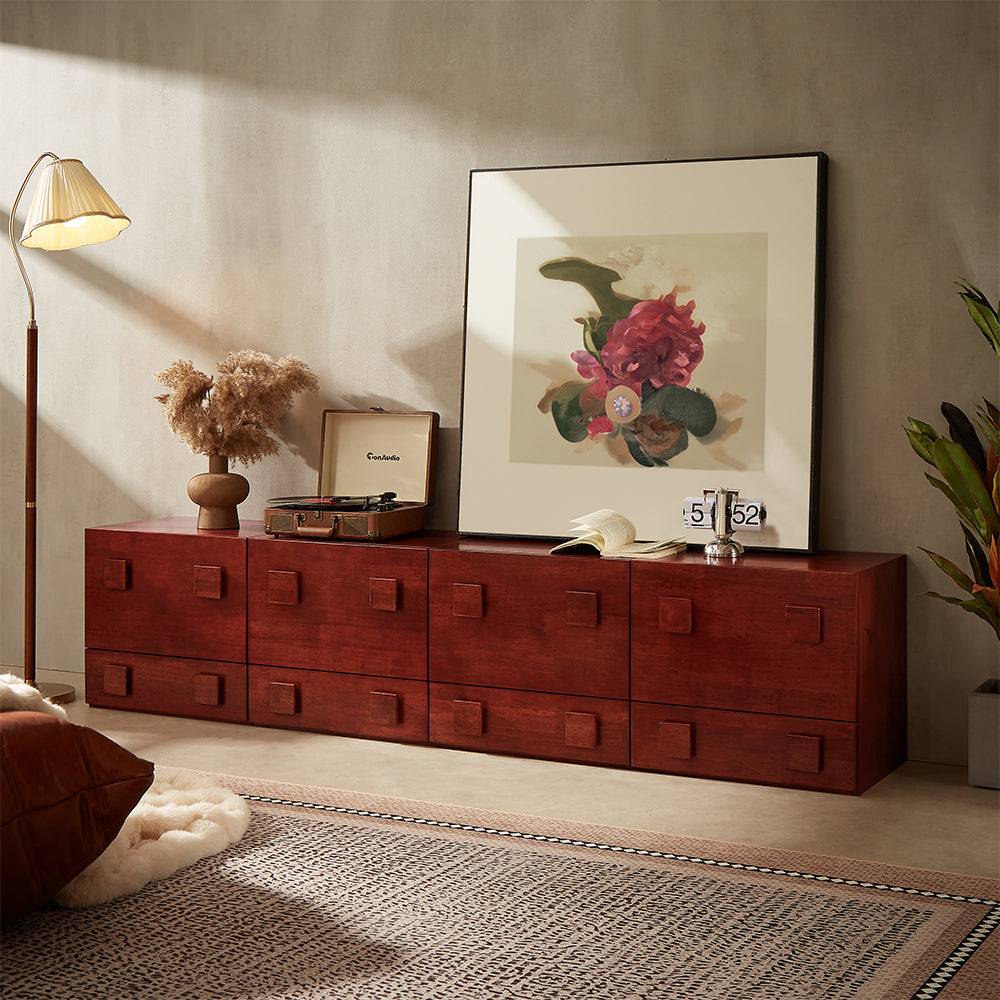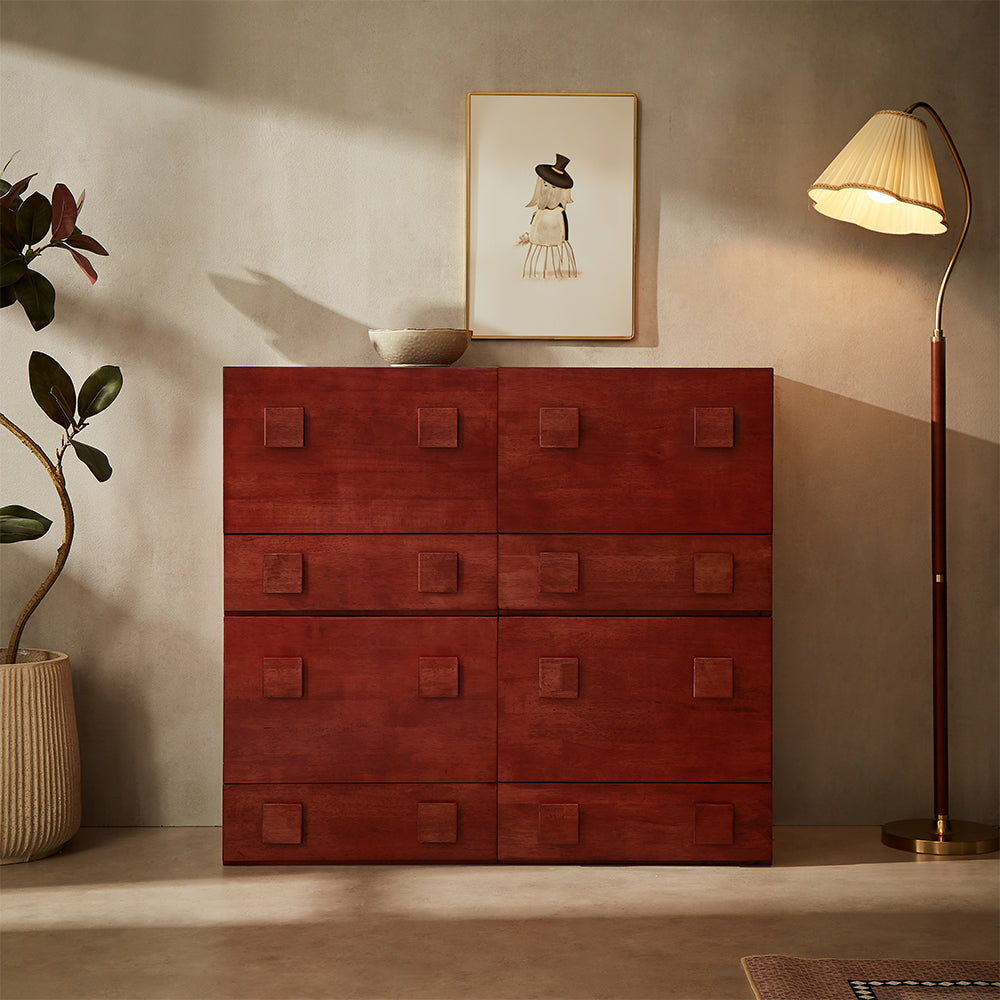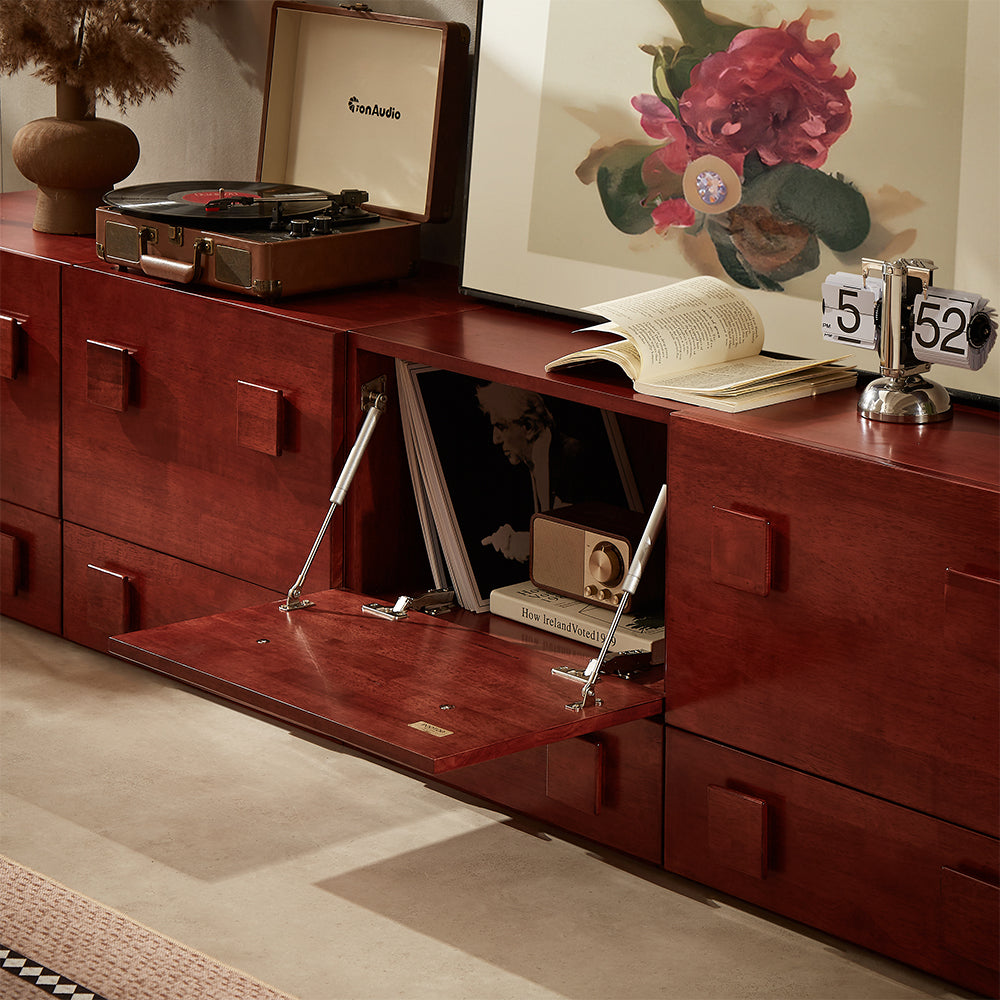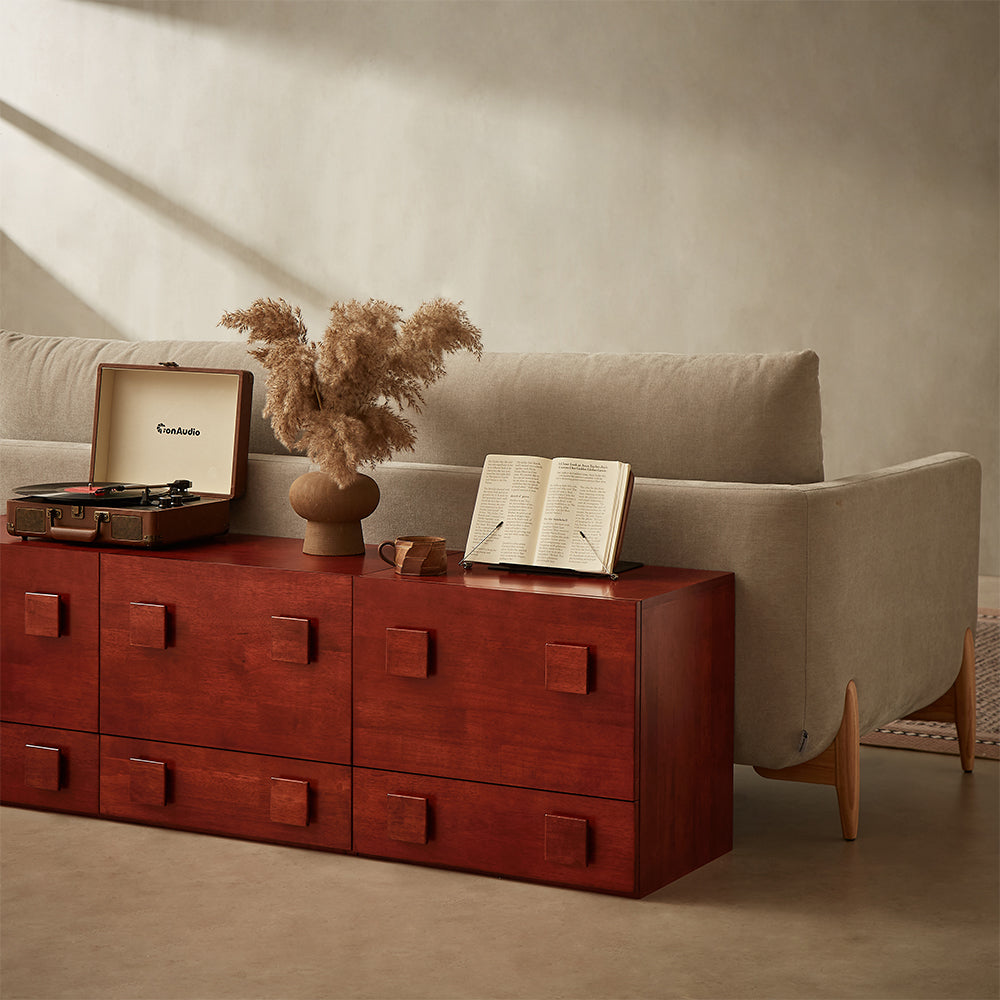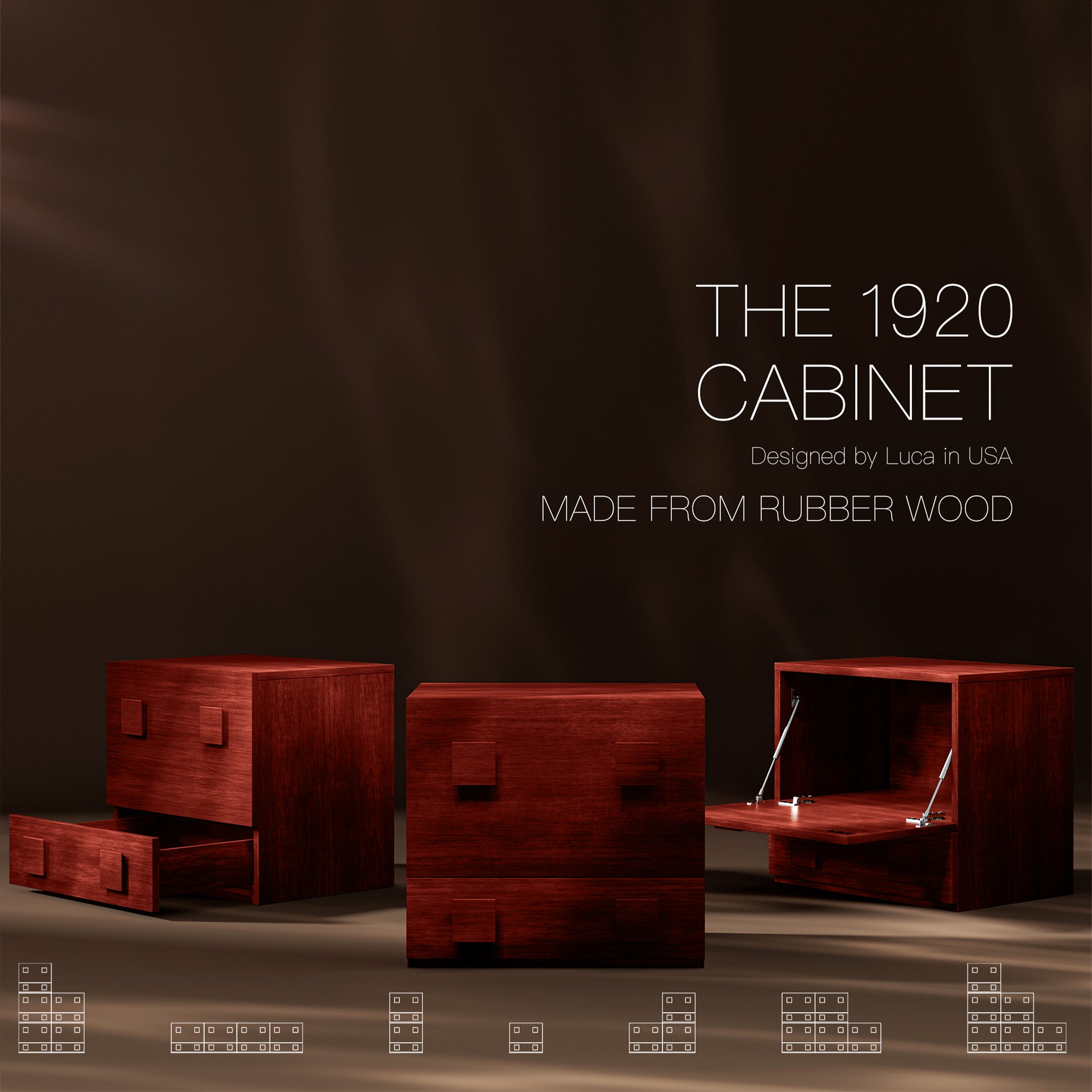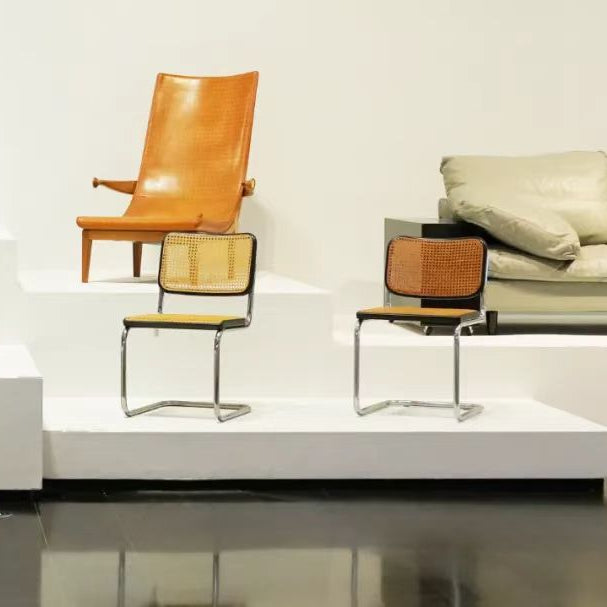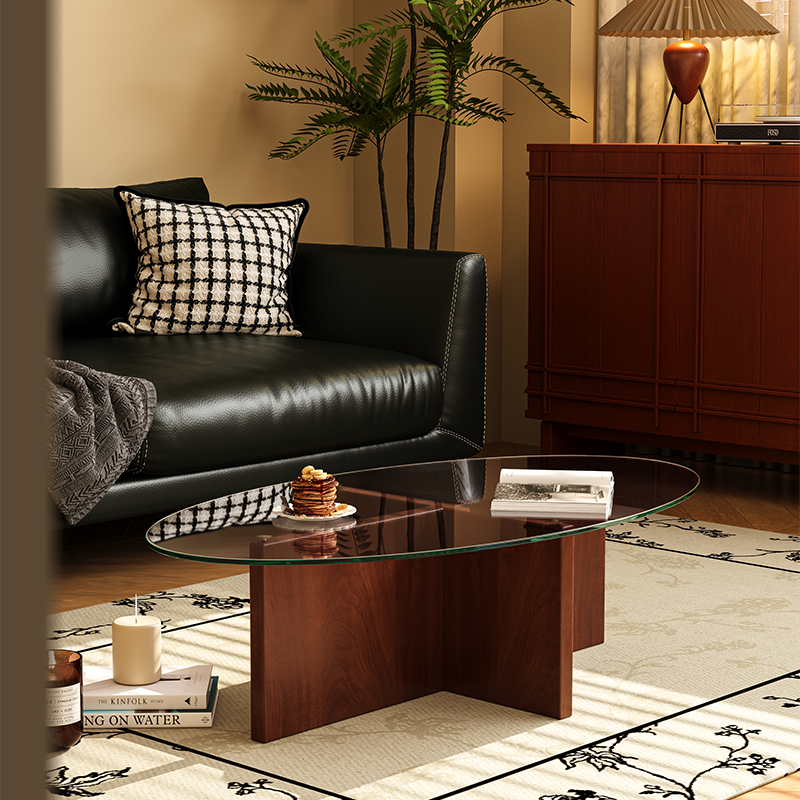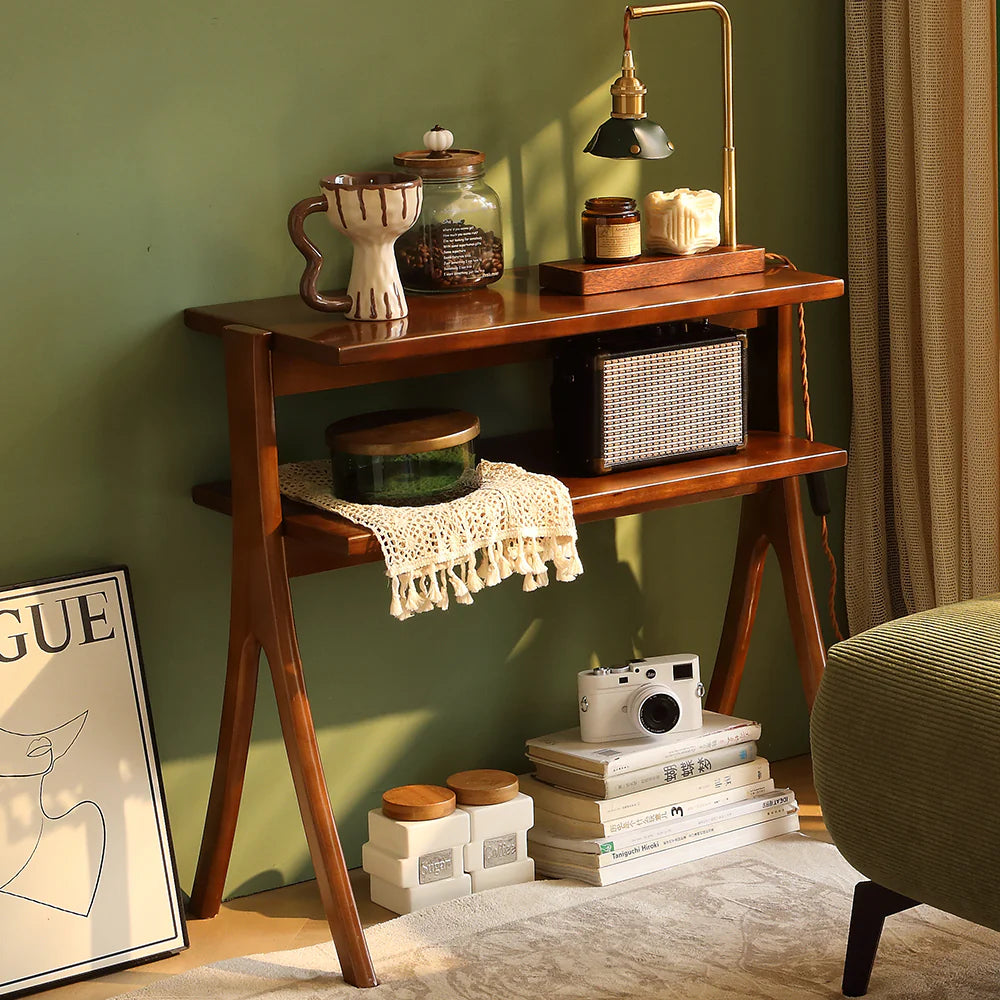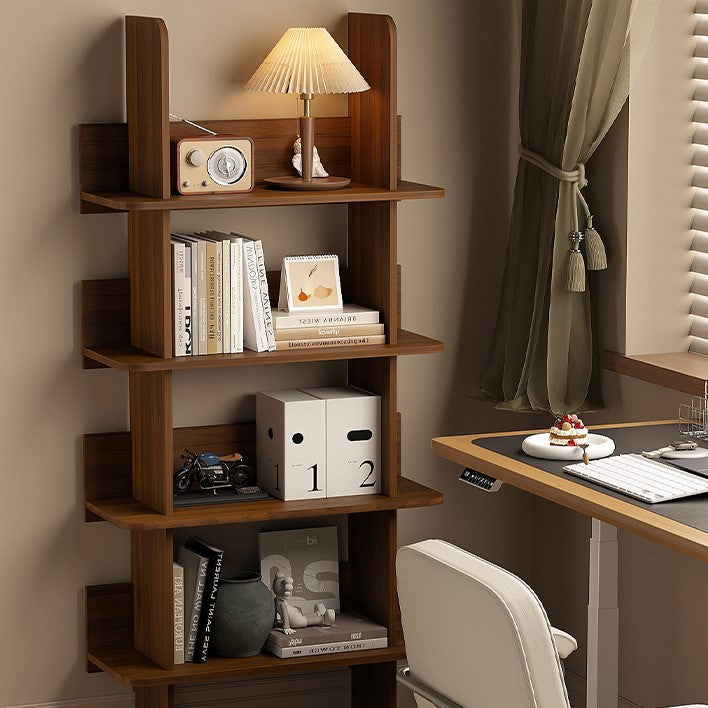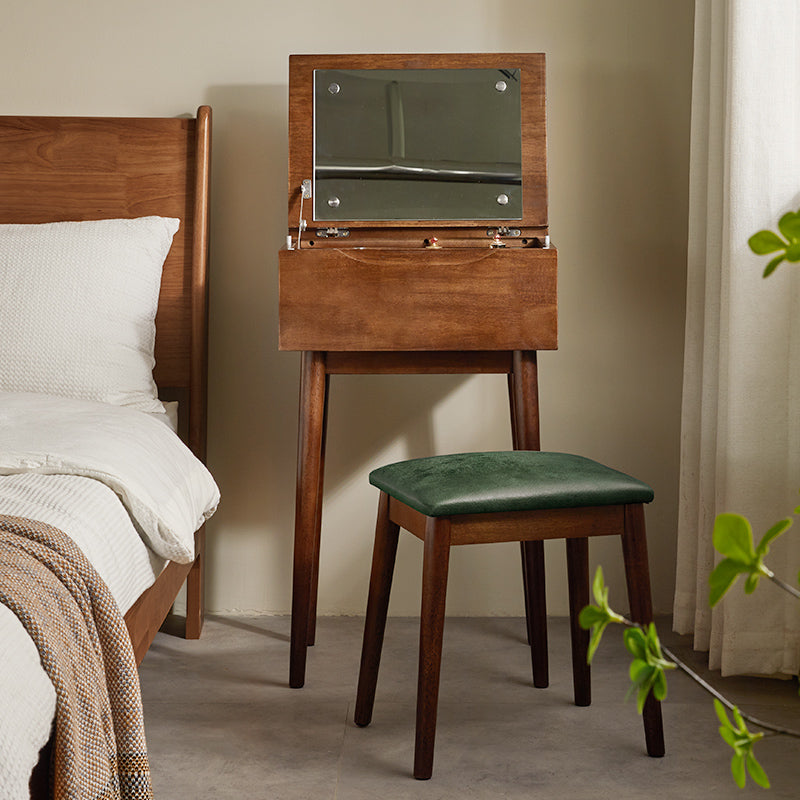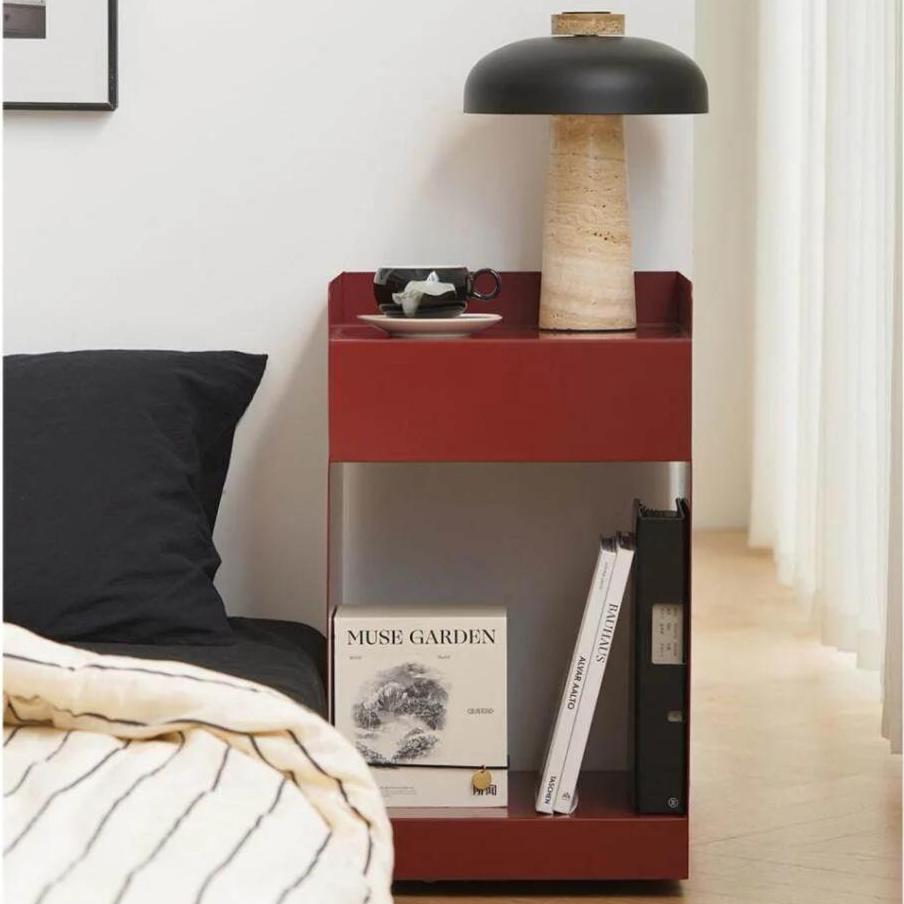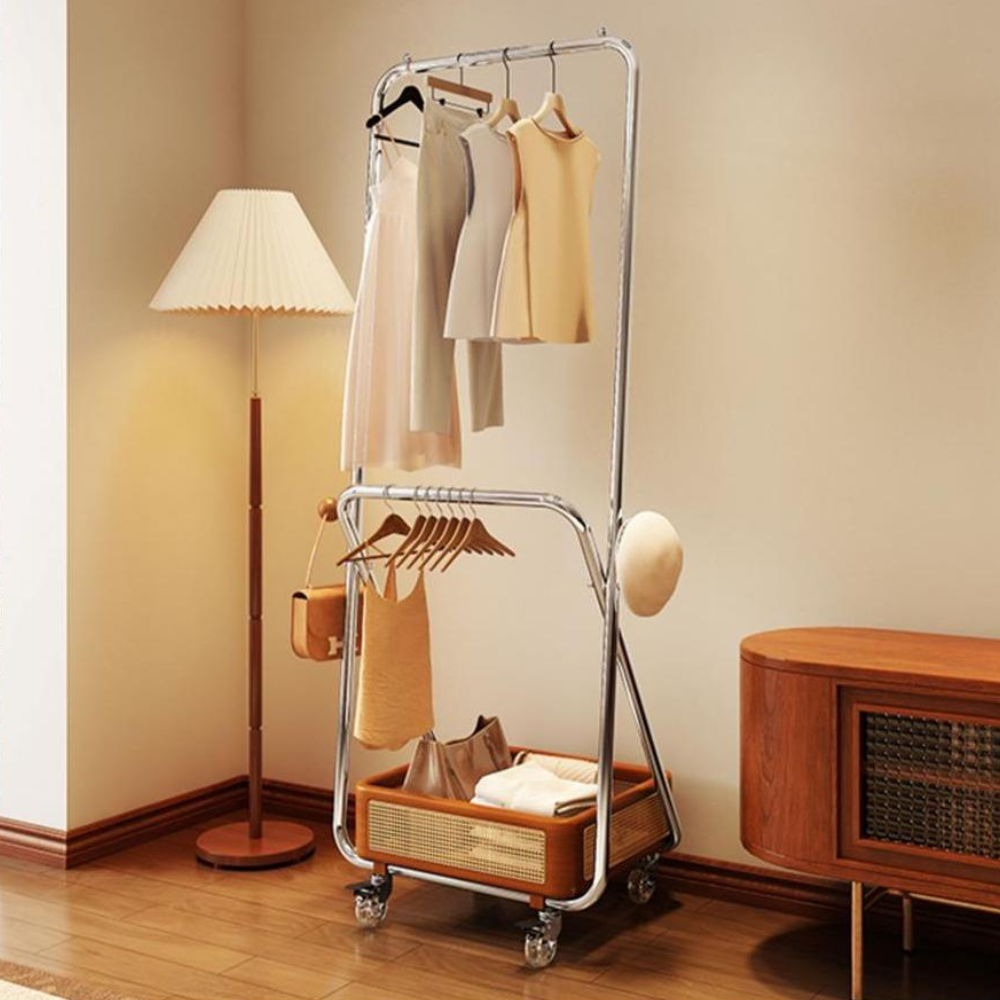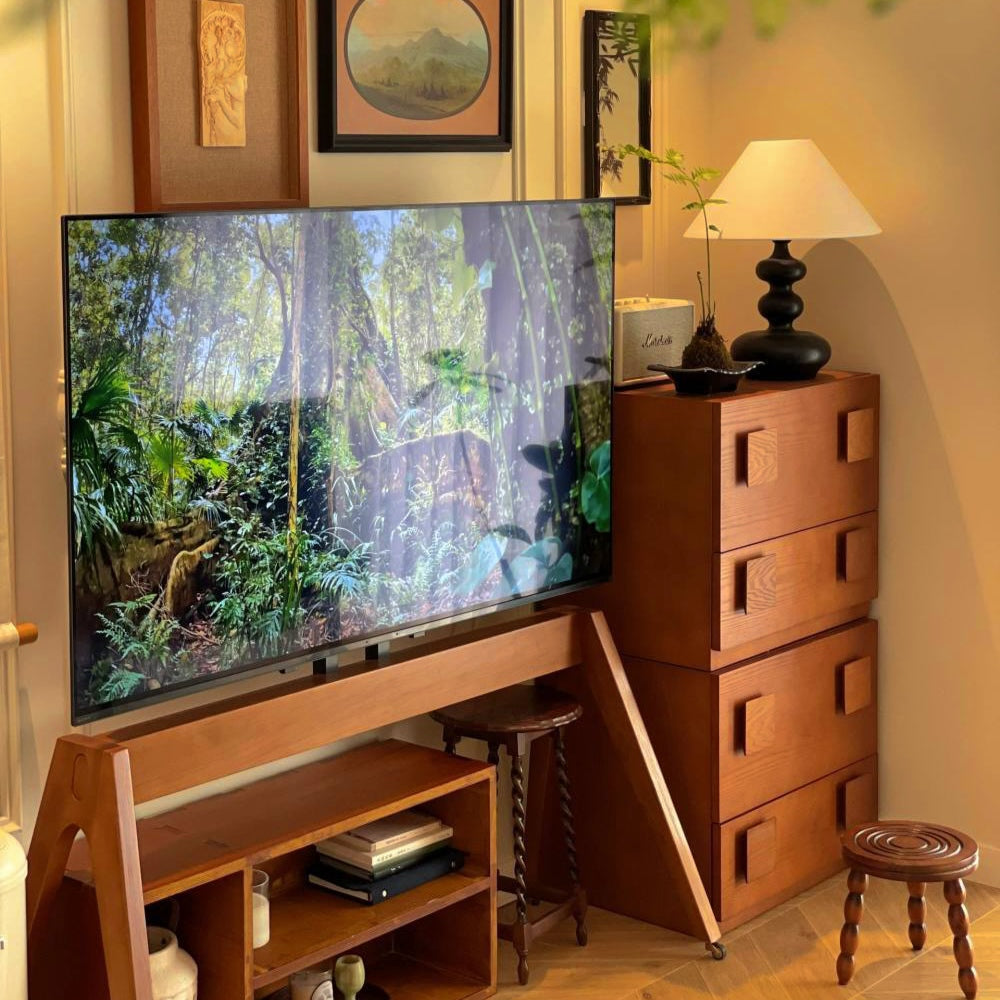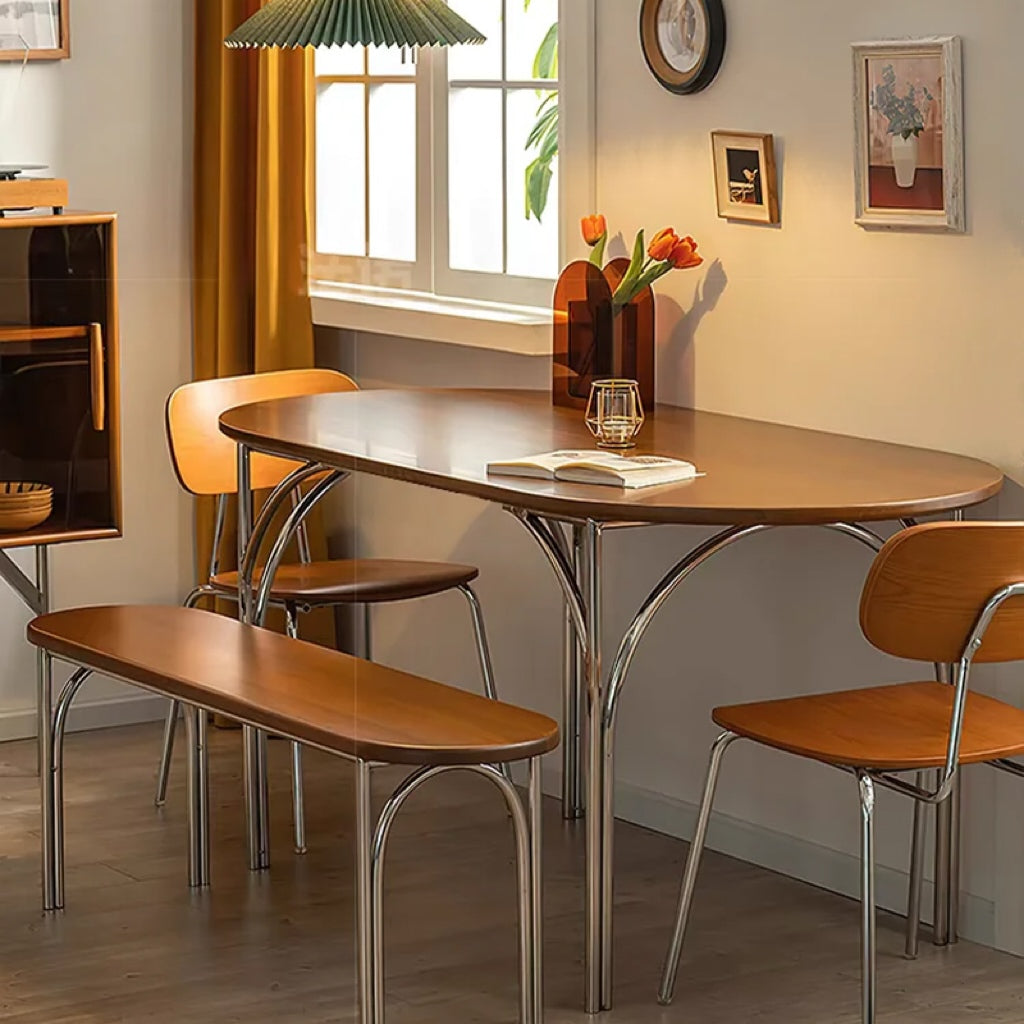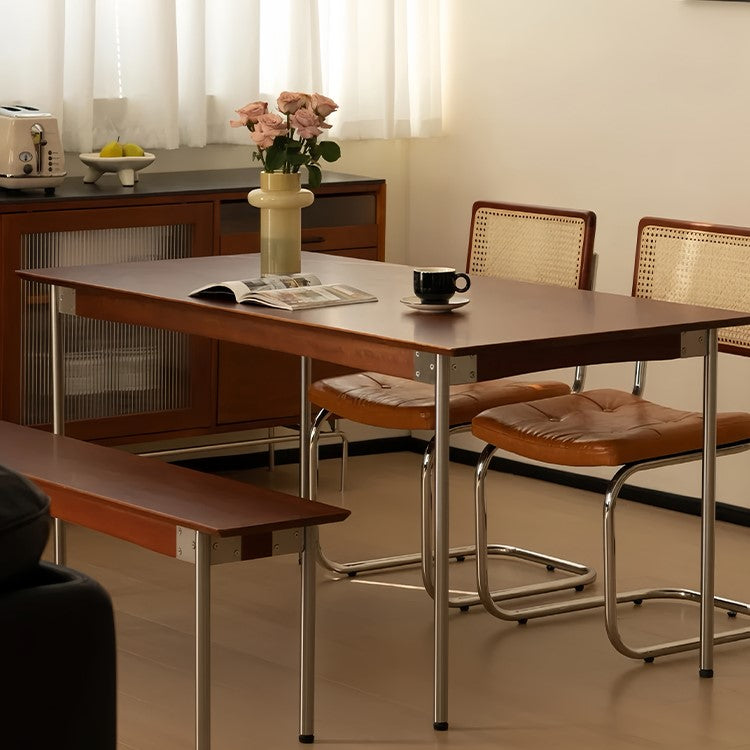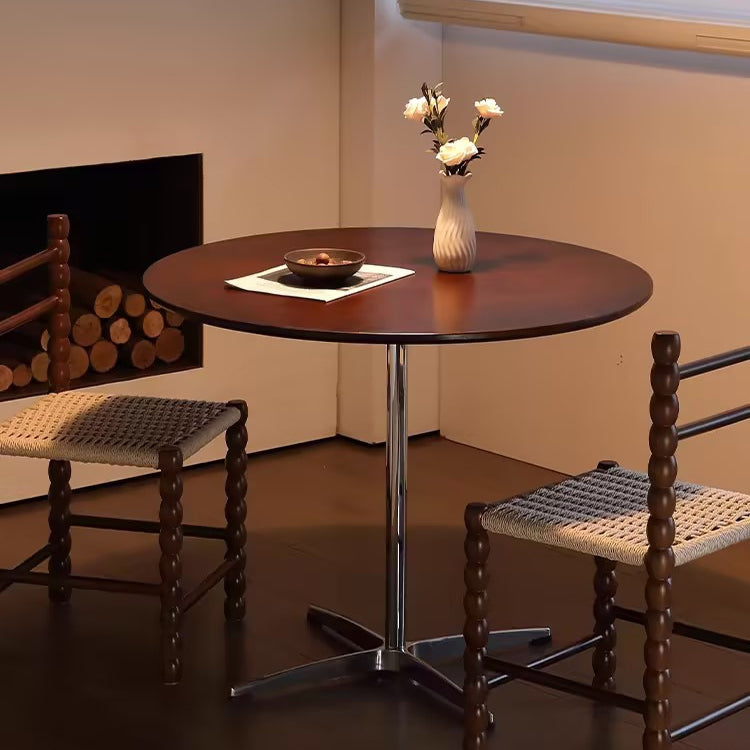In modern home design, vintage furniture has become increasingly popular for its unique retro charm and craftsmanship. However, with so many options on the market, selecting furniture that aligns with your aesthetic preferences and practical needs can be challenging. This article will guide you through choosing the right vintage furniture by focusing on style, material, and craftsmanship, helping you create a one-of-a-kind home environment.
Understanding Vintage Furniture Style and History
Before selecting vintage furniture, it's essential to understand the history and characteristics of this style. Vintage furniture typically refers to styles popular in the mid-20th century (from the 1940s to the 1970s). This period's furniture design emphasized simple lines, functionality, and high-quality materials. Unlike the luxurious Art Deco style, vintage furniture balances practicality and aesthetics, commonly using materials like solid wood, leather, glass, and metal.
With a grasp of vintage furniture's stylistic traits, you can choose pieces that match your home decor and personal taste. For example, if you prefer a minimalist yet cozy home environment, opt for vintage furniture with clean lines and soft tones. On the other hand, if you favor a more personalized and artistic decor style, consider choosing furniture with unique shapes or textures.
Focus on Material and Craftsmanship Quality
Material and craftsmanship are crucial factors determining the quality of vintage furniture. Since most vintage furniture is made from solid wood, paying close attention to the type of wood and the craftsmanship is essential when purchasing. High-quality vintage furniture often uses durable hardwoods like oak, walnut, and teak, known for their excellent texture and longevity.
When inspecting craftsmanship, first, look at the wood's joinery and carving details. High-quality vintage furniture typically features intricate hand-carved details and sturdy mortise-and-tenon joints rather than simple nails or glue. Additionally, the furniture's finish is important—it should be smooth and free from noticeable bubbles or cracks.
Consider the Size and Functionality
Although vintage furniture is beautiful, it's also important to consider whether its size and functionality meet your needs. Start by determining the furniture's dimensions based on your home space. For instance, large furniture might overwhelm a small living room, while spacious living rooms can accommodate larger, uniquely designed pieces to enhance the room's overall feel.
Moreover, think about the furniture's practical uses. Vintage furniture often offers more than just decorative value—it tends to be highly functional. For example, a vintage TV cabinet or bookshelf with storage space not only adds a retro touch to your home but also helps utilize space effectively, blending beauty and practicality.
Color Coordination and Overall Harmony
When choosing vintage furniture, paying attention to color coordination is crucial. Vintage furniture often comes in natural wood tones or classic black, white, and gray shades, which are subtle yet versatile enough to match most home decor styles.
If your home decor leans toward minimalism, opt for light wood tones that can brighten and warm up your space. If you want a more bold and personalized decor style, consider darker vintage furniture paired with brightly colored decor items or walls to create a strong visual contrast and enhance the space's depth.
Price and Collectibility
Vintage furniture prices vary widely depending on the brand, material, and craftsmanship. When purchasing, consider not only your budget but also the furniture's collectible value. Some classic pieces by renowned designers or brands, due to their rarity and design value, hold significant collectible potential.
If your budget allows, investing in collectible vintage furniture can be worthwhile. It’s not just an art investment but also a way to enrich your home with cultural significance. However, if you’re on a tighter budget, you can still find high-quality, reasonably priced vintage furniture that balances practicality and aesthetics.
Second-Hand Market and Restoration Options
Due to their retro characteristics, vintage furniture is often purchased from second-hand markets. When shopping in second-hand markets, inspect the furniture’s structure for stability and check the material for signs of wear to avoid buying pieces with severe damage.
If the vintage furniture you buy has minor flaws, consider refurbishing it. Restoration not only extends the furniture’s lifespan but also allows you to customize it according to your preferences, helping you create a unique home style.
Conclusion
Vintage furniture is gaining a significant place in home decor due to its unique design and practicality. By selecting and matching pieces wisely, you can easily create a home environment that blends retro charm with modern sensibility. We hope the tips in this article help you make informed decisions when choosing vintage furniture, enhancing your home life.


